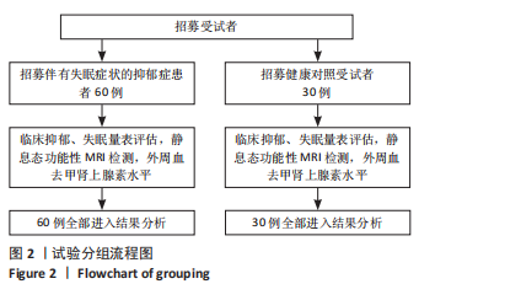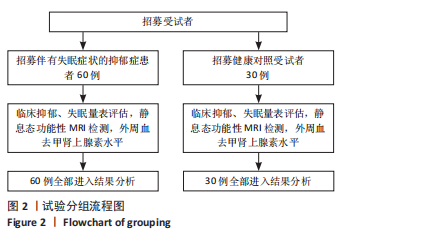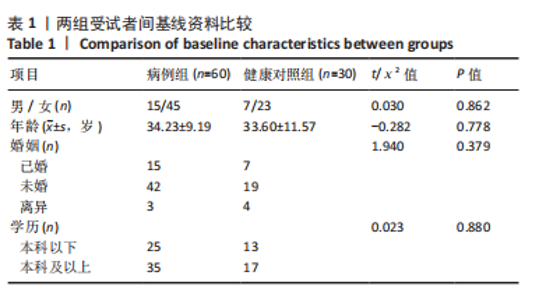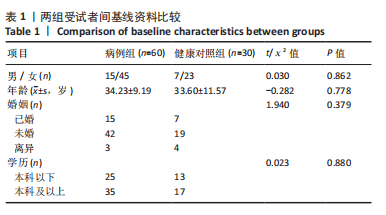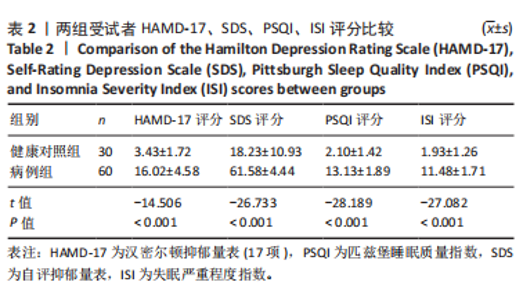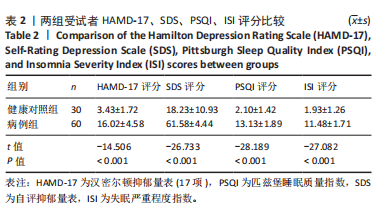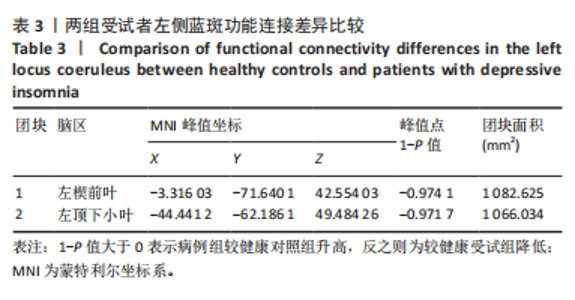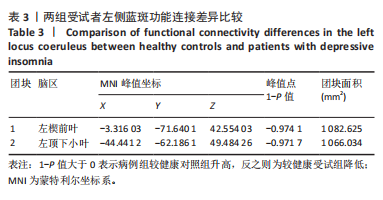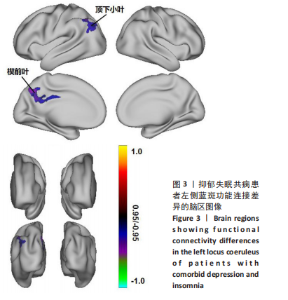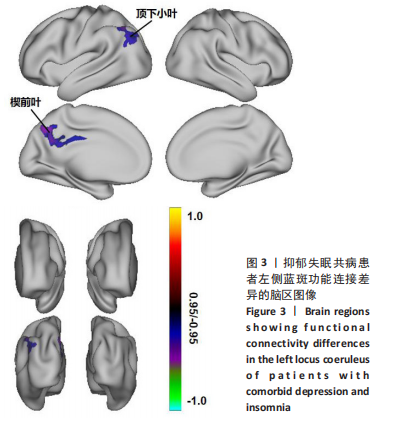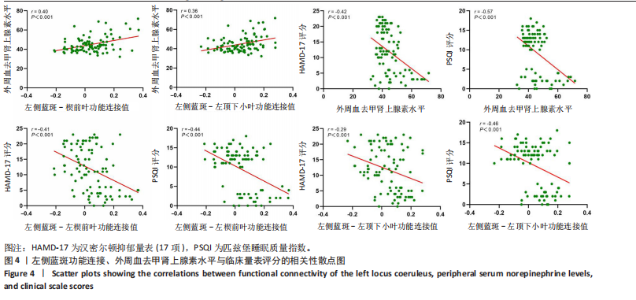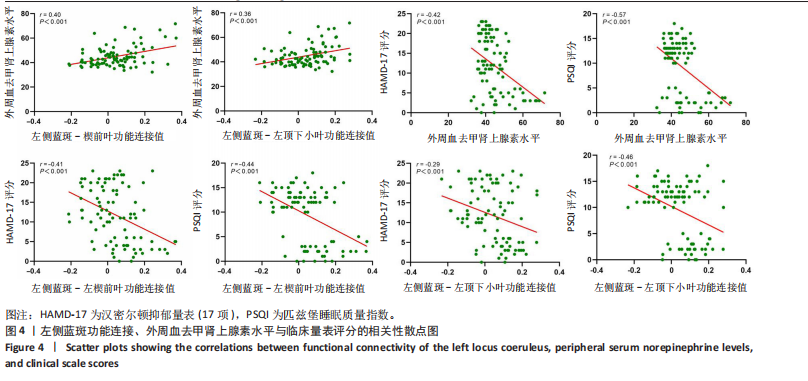[1] GBD 2021 DISEASES AND INJURIES COLLABORATORS. Global incidence, prevalence, years lived with disability (YLDs), disability-adjusted life-years (DALYs), and healthy life expectancy (HALE) for 371 diseases and injuries in 204 countries and territories and 811 subnational locations, 1990-2021: a systematic analysis for the Global Burden of Disease Study 2021. Lancet. 2024;403(10440):2133-2161.
[2] PLANTE DT. The Evolving Nexus of Sleep and Depression. Am J Psychiatry. 2021;178(10):896-902.
[3] MIRCHANDANEY R, ASARNOW LD, KAPLAN KA. Recent advances in sleep and depression. Curr Opin Psychiatry. 2023;36(1):34-40.
[4] BLANKEN TF, BORSBOOM D, PENNINX BW, et al. Network outcome analysis identifies difficulty initiating sleep as a primary target for prevention of depression: a 6-year prospective study. Sleep. 2020; 43(5):zsz288.
[5] FELTEN DL, O’BANION MK, MAIDA ME. Netter’s atlas of neuroscience. Elsevier Health Sciences, 2015.
[6] SLAVOVA D, ORTIZ V, BLAISE M, et al. Role of the locus coeruleus-noradrenergic system in stress-related psychopathology and resilience: Clinical and pre-clinical evidences. Neurosci Biobehav Rev. 2024;167:105925.
[7] ZHANG Q, XUE Y, WEI K, et al. Locus Coeruleus-Dorsolateral Septum Projections Modulate Depression-Like Behaviors via BDNF But Not Norepinephrine. Adv Sci (Weinh). 2024;11(10):e2303503.
[8] VAN EGROO M, KOSHMANOVA E, VANDEWALLE G, et al. Importance of the locus coeruleus-norepinephrine system in sleep-wake regulation: Implications for aging and Alzheimer’s disease. Sleep Med Rev. 2022; 62:101592.
[9] MA C, LI B, SILVERMAN D, et al. Microglia regulate sleep through calcium-dependent modulation of norepinephrine transmission. Nat Neurosci. 2024;27(2):249-258.
[10] AMERICAN PSYCHIATRIC ASSOCIATION. Diagnostic and Statistical Manual of Mental Disorders: DSM-5. 5th ed. Arlington (VA): American Psychiatric Association; 2013.
[11] American Academy of Sleep Medicine.International Classification of Sleep Disorders,3rd ed,American Academy of Sleep Medicine, 2014.
[12] MORRISS R, LEESE M, CHATWIN J, et al. Inter-rater reliability of the Hamilton Depression Rating Scale as a diagnostic and outcome measure of depression in primary care. J Affect Disord. 2008;111(2-3): 204-213.
[13] 段泉泉,胜利.焦虑及抑郁自评量表的临床效度[J].中国心理卫生杂志,2012,26(9):676-679.
[14] 张明园,何燕玲.精神科评定量表手册[M].长沙:湖南科学技术出版社,2015.
[15] 白春杰,纪代红,陈丽霞,等.失眠严重程度指数量表在临床失眠患者评估中的信效度研究[J].中国实用护理杂志,2018(28):2182-2186.
[16] 朱智慧.两种方法检测血浆间甲肾上腺素的一致性比较[J].标记免疫分析与临床,2019,26(1):153-156.
[17] FENG J, DONG H, LISCHINSKY JE, et al. Monitoring norepinephrine release in vivo using next-generation GRABNE sensors. Neuron. 2024; 112(12):1930-1942.e6.
[18] TAO Y, LI X, DONG Q, et al. Generation of locus coeruleus norepinephrine neurons from human pluripotent stem cells. Nat Biotechnol. 2024; 42(9):1404-1416.
[19] POE GR, FOOTE S, ESCHENKO O, et al. Locus coeruleus: a new look at the blue spot. Nat Rev Neurosci. 2020;21(11):644-659.
[20] ASTON-JONES G, COHEN JD. An integrative theory of locus coeruleus-norepinephrine function: adaptive gain and optimal performance. Annu Rev Neurosci. 2005;28:403-450.
[21] RIEMANN D, KRONE LB, WULFF K, et al. Sleep, insomnia, and depression. Neuropsychopharmacology. 2020;45(1):74-89.
[22] SONG AH, KUCYI A, NAPADOW V, et al. Pharmacological Modulation of Noradrenergic Arousal Circuitry Disrupts Functional Connectivity of the Locus Ceruleus in Humans. J Neurosci. 2017;37(29):6938-6945.
[23] LIU Q, LUO X, LIANG Z, et al. Coordination between circadian neural circuit and intracellular molecular clock ensures rhythmic activation of adult neural stem cells. Proc Natl Acad Sci U S A. 2024; 121(8):e2318030121.
[24] SUÁREZ-PEREIRA I, LLORCA-TORRALBA M, BRAVO L, et al. The Role of the Locus Coeruleus in Pain and Associated Stress-Related Disorders. Biol Psychiatry. 2022;91(9):786-797.
[25] LEFTON KB, WU Y, DAI Y, et al. Norepinephrine signals through astrocytes to modulate synapses. Science. 2025;388(6748):776-783.
[26] LI Z, ZHANG Z, TAN T, et al. Dynamic reconfiguration of default and frontoparietal network supports creative incubation. Neuroimage. 2025;306:121021.
[27] BARTOLI E, DEVARA E, DANG HQ, et al. Default mode network electrophysiological dynamics and causal role in creative thinking. Brain. 2024;147(10):3409-3425.
[28] UDDIN LQ, IACOBONI M, LANGE C, et al. The self and social cognition: the role of cortical midline structures and mirror neurons. Trends Cogn Sci. 2007;11(4):153-157.
[29] MEYER C, NIEDERMEIER T, FEYEN PLC, et al. Early Locus Coeruleus noradrenergic axon loss drives olfactory dysfunction in Alzheimer’s disease. Nat Commun. 2025;16(1):7338.
[30] RIGA D, KOOIJ KL, RADEMAKERS K, et al. Neuropeptide Y neurons surrounding the locus coeruleus inhibit noradrenergic system activity to reduce anxiety. Sci Adv. 2025;11(30):eadq0011.
[31] BUCKNER RL, ANDREWS-HANNA JR, SCHACTER DL. The brain’s default network: anatomy, function, and relevance to disease. Ann N Y Acad Sci. 2008;1124:1-38.
[32] MENON V. 20 years of the default mode network: A review and synthesis. Neuron. 2023;111(16):2469-2487.
[33] WISE T, MARWOOD L, PERKINS AM, et al. Instability of default mode network connectivity in major depression: a two-sample confirmation study. Transl Psychiatry. 2017;7(4):e1105.
[34] RAICHLE ME, MACLEOD AM, SNYDER AZ, et al. A default mode of brain function. Proc Natl Acad Sci U S A. 2001;98(2):676-682.
[35] FAN JM, WOODWORTH K, MURPHY KR, et al. Thalamic transcranial ultrasound stimulation in treatment resistant depression. Brain Stimul. 2024;17(5):1001-1004.
[36] HAMILTON JP, FARMER M, FOGELMAN P, et al. Depressive Rumination, the Default-Mode Network, and the Dark Matter of Clinical Neuroscience. Biol Psychiatry. 2015;78(4):224-230.
[37] 秦姣龙,李弘瑄,吴烨,等.基于默认网络内部功能连接能预测抑郁症患者睡眠障碍因子分[J].磁共振成像,2024,15(7):51-57.
[38] WU GR, BAEKEN C. Depression and metabolic connectivity: insights into the locus coeruleus, HF-rTMS, and anxiety. Transl Psychiatry. 2024;14(1):459.
[39] ABDELHACK M, ZHUKOVSKY P, MILIC M, et al. Opposing brain signatures of sleep in task-based and resting-state conditions. Nat Commun. 2023;14(1):7927.
[40] MENGXIN H ,ZONGLIN S ,LIANGLIANG P, et al. Age-related heterogeneity revealed by disruption of white matter structural networks in patients with first-episode untreated major depressive disorder: WM Network In OA-MDD. J Affect Disord. 2022;303:286-296.
[41] GAO W, BISWAL B, ZHOU X, et al. Altered default-mode and frontal-parietal network pattern underlie adaptiveness of emotion regulation flexibility following task-switch training. Soc Cogn Affect Neurosci. 2024;19(1):nsae077.
[42] CHEN M, SHAO H, WANG L, et al. Aberrant individual large-scale functional network connectivity and topology in chronic insomnia disorder with and without depression. Prog Neuropsychopharmacol Biol Psychiatry. 2025;136:111158.
[43] GRIMM C, DUSS SN, PRIVITERA M, et al. Tonic and burst-like locus coeruleus stimulation distinctly shift network activity across the cortical hierarchy. Nat Neurosci. 2024;27(11):2167-2177.
[44] MCKINNEY A, HU M, HOSKINS A, et al. Cellular composition and circuit organization of the locus coeruleus of adult mice. Elife. 2023; 12:e80100.
[45] BERRIDGE CW, WATERHOUSE BD. The locus coeruleus-noradrenergic system: modulation of behavioral state and state-dependent cognitive processes. Brain Res Brain Res Rev. 2003;42(1):33-84.
[46] KJAERBY C, ANDERSEN M, HAUGLUND N, et al. Memory-enhancing properties of sleep depend on the oscillatory amplitude of norepinephrine. Nat Neurosci. 2022;25(8):1059-1070.
[47] SEKI K, YOSHIDA S, JAISWAL MK. Molecular mechanism of noradrenaline during the stress-induced major depressive disorder. Neural Regen Res. 2018;13(7):1159-1169.
[48] ARNSTEN AF. Stress signalling pathways that impair prefrontal cortex structure and function. Nat Rev Neurosci. 2009;10(6):410-422.
[49] 殷铭,吕笑丽,王碧馨,等.shRNA干扰蓝斑核去甲肾上腺素转运体(NET)表达对大鼠抑郁样行为的改善作用[J].神经解剖学杂志, 2017,33(3):329-335.
|
